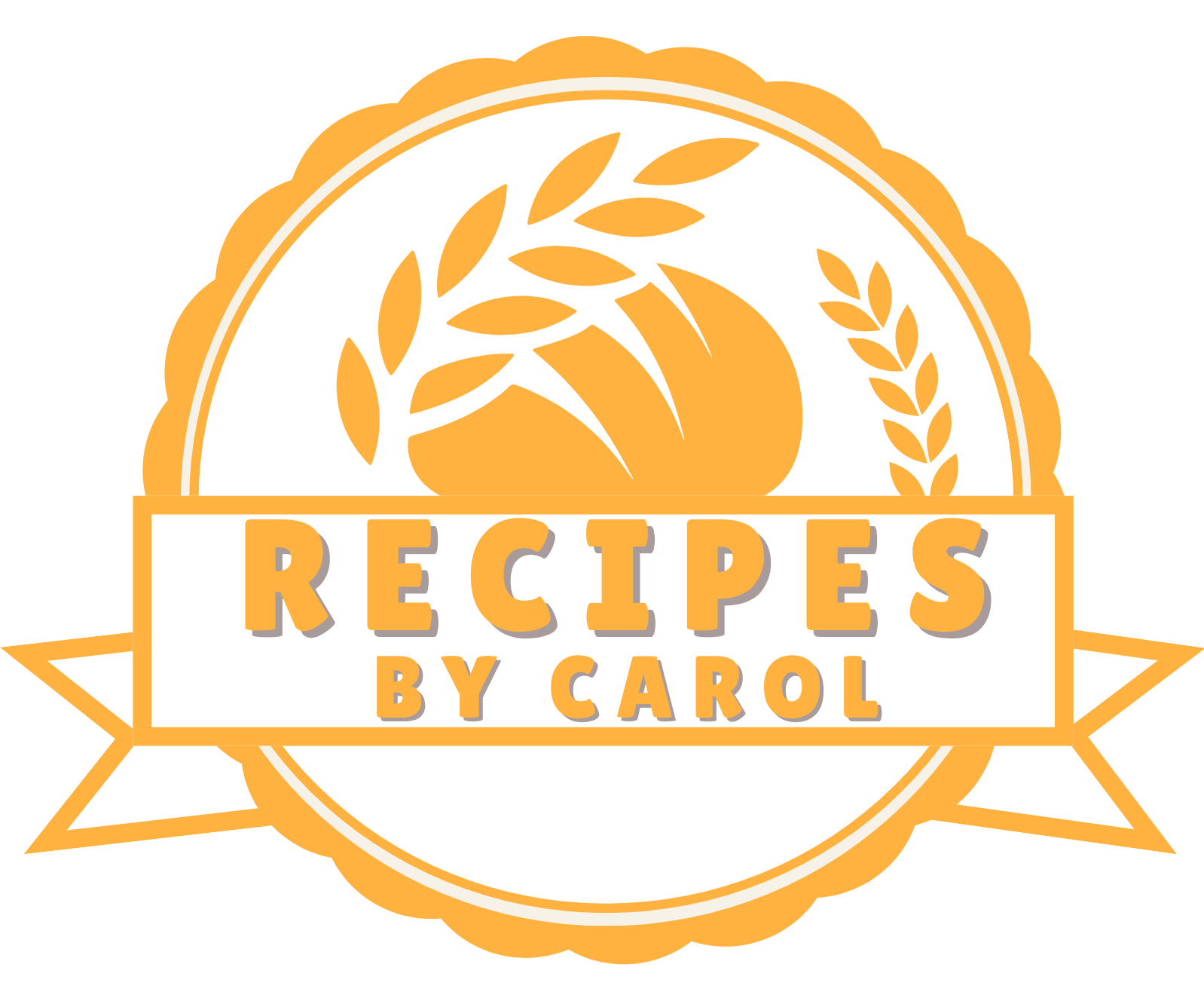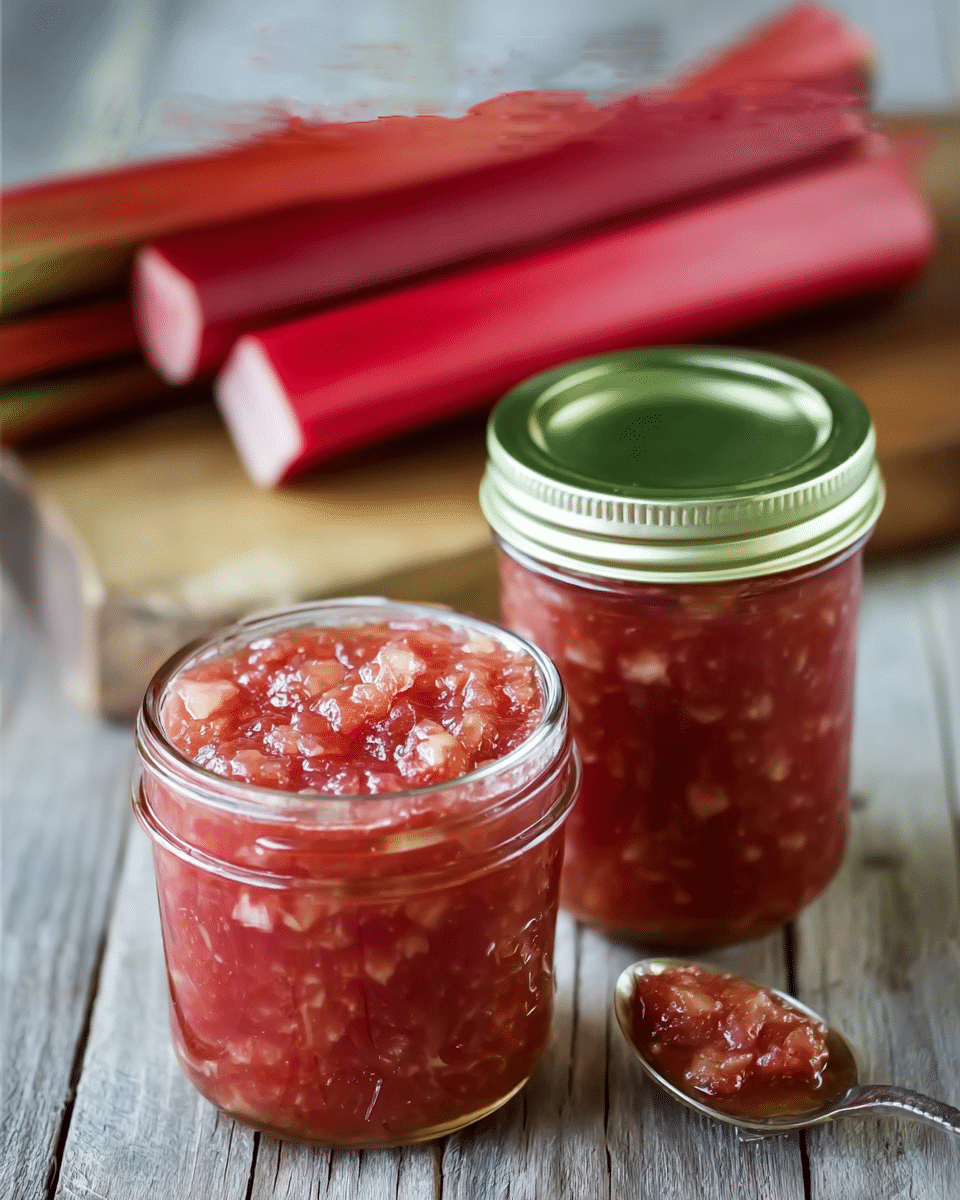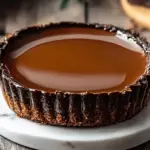The bold tartness of rhubarb balanced with the warm sweetness of cinnamon makes this jam an absolute standout among homemade preserves. Whether you’re spreading it on toast, swirling it into yogurt, or gifting it in charming jars for the holidays, this jam captures the essence of simple, old-fashioned goodness.
Best of all, it’s an easy canning project that doesn’t require complicated ingredients or techniques just a handful of pantry staples and about 40 minutes of your time. Make a batch now, and you’ll be savoring rhubarb long after its season ends.
Full Recipe:
Ingredients:
-
6 cups chopped rhubarb
-
1 cup water
-
1 box pectin (e.g., Sure-Jell)
-
1/2 teaspoon butter (optional, to reduce foaming)
-
6 1/2 cups granulated sugar
-
1 tablespoon lemon juice
-
1 teaspoon ground cinnamon
Directions:
-
Prepare your canning jars and lids by washing in hot soapy water and rinsing with warm water. Keep lids in hot water until ready to use.
-
In a 4-quart saucepan, combine chopped rhubarb and water. Bring to a boil over high heat, then reduce and simmer for 2–3 minutes until rhubarb is soft.
-
Measure out 4 1/2 cups of the cooked rhubarb into a large pot (a Dutch oven works well).
-
Stir in the pectin and lemon juice, followed by the butter. Bring to a full rolling boil over high heat, stirring constantly.
-
Add the sugar and ground cinnamon, stirring continuously until it returns to a rolling boil. Boil for exactly 1 minute.
-
Remove from heat. Skim off any foam with a metal spoon.
-
Immediately ladle jam into prepared jars, leaving 1/4 inch of headspace. Wipe rims, apply lids, and screw bands on tightly.
-
Process jars in a boiling-water canner for 10 minutes. Make sure water covers jars by at least 1 inch.
-
Remove jars and allow them to cool upright on a towel. Check seals once cooled—any unsealed jars should be refrigerated.
Prep Time: 10 minutes | Cooking Time: 30 minutes | Total Time: 40 minutes
Kcal: ~60 kcal per tablespoon | Servings: ~6-7 jars (8 to 12 oz each)
The Comfort and Craft of Rhubarb Cinnamon Jam: A Seasonal Delight
There is something deeply nostalgic and comforting about opening a jar of homemade jam. It’s a culinary ritual that bridges the gap between seasons, preserves the freshest fruits of spring or summer, and connects generations through tried and true recipes passed down over time. Among the many flavorful preserves, Rhubarb Cinnamon Jam stands out as a bold and unique offering. Its unexpected blend of tart rhubarb and warm, spicy cinnamon creates a jam that feels both old-fashioned and refreshingly new.
In this article, we explore the background and appeal of rhubarb cinnamon jam, its cultural and culinary context, preservation techniques, and creative uses that go well beyond toast. Whether you’re a seasoned canner or a newcomer to preserving food, this jam has a story and flavor that’s sure to captivate.
A Brief History of Rhubarb in the Kitchen
Rhubarb has a long and fascinating history. Though many consider it a fruit due to its use in pies and preserves, rhubarb is technically a vegetable, related to sorrel and buckwheat. Its origins trace back to Asia over 2,000 years ago, where it was primarily used for medicinal purposes. Rhubarb didn’t make its culinary debut until much later, gaining popularity in British and American kitchens in the 18th and 19th centuries when sugar became more widely available.
Because of its intensely tart flavor, rhubarb begged for a sweet partnerand it found one in the form of sugar. From then on, rhubarb became a staple in pies, crumbles, sauces, and, of course, jams.
Adding cinnamon to rhubarb-based recipes isn’t entirely new, but it’s less common than the classic strawberry-rhubarb pairing. Cinnamon brings a warmth and complexity to rhubarb’s bright acidity, and when carefully balanced, it results in a preserve that feels rustic yet refined.
Why Rhubarb and Cinnamon Work Together
Rhubarb’s signature tartness makes it a perfect canvas for layering flavors. While some may find rhubarb too sharp on its own, the addition of spices like cinnamon transforms it into something wholly comforting and balanced. The sweetness of the sugar in the jam tames rhubarb’s sour punch, while cinnamon adds depth and a touch of nostalgia.
Cinnamon is often associated with autumn and holiday treats apple pies, spiced cider, and baked goods so when it’s combined with spring-harvested rhubarb, it bridges the seasons in a beautiful and unexpected way. This duality makes rhubarb cinnamon jam incredibly versatile throughout the year.
The jam becomes a sensory experience: it’s vibrant and fruity up front, but mellows into a smooth, warm finish thanks to the cinnamon. That complexity is what makes this jam so beloved by those who have tried it and why it makes such a meaningful gift or pantry staple.
The Joy and Practicality of Home Canning
Home canning is not just about preservation; it’s about mindfulness and intention. In a world of fast food and mass production, taking the time to prepare a homemade jam is an act of culinary care. It connects us to the rhythms of the season and allows us to enjoy seasonal produce long after its harvest.
Canning rhubarb cinnamon jam is relatively simple, making it a great entry point for beginners. It doesn’t require expensive equipment or complex techniques just fresh ingredients, a reliable water bath canner, and a bit of attention to timing and cleanliness.
One of the benefits of rhubarb is that it’s naturally high in acidity, which makes it ideal for water bath canning. The addition of lemon juice in most recipes ensures the proper pH level for safe preservation. Cinnamon, though a dry spice, infuses the jam during the cooking process, ensuring even distribution of flavor.
Beyond its ease, there’s something deeply satisfying about lining up freshly sealed jars on your counter, cooling slowly, each “pop” of the lid signaling a job well done. It’s domestic magic at its finest.
Creative Ways to Use Rhubarb Cinnamon Jam
While jam’s traditional home is on a slice of toast or spooned over biscuits, rhubarb cinnamon jam’s complexity lends itself to far more applications. Here are some of the most delicious ways to use this preserve:
1. Cheese Pairings
Spread it on a charcuterie board alongside sharp cheddar, creamy brie, or tangy goat cheese. The acidity of the rhubarb cuts through rich cheeses, while the cinnamon adds a warming note that complements savory flavors beautifully.
2. Dessert Enhancer
Swirl it into cheesecake, dollop it over vanilla ice cream, or layer it into trifles and parfaits. The jam’s balance of sweet and tart adds depth to creamy or buttery desserts.
3. Glaze or Marinade
Combine the jam with vinegar or mustard to create a glaze for pork chops, chicken, or even roasted carrots. It can serve as a surprising yet delightful addition to savory dishes.
4. Breakfast Boost
Mix it into yogurt, stir into oatmeal, or use it to fill crepes and pancakes. The cinnamon gives these morning meals an almost cinnamon roll-like quality without the guilt.
5. Holiday Gifting
Pack it in mason jars, decorate with a ribbon and handwritten label, and you’ve got a charming homemade gift. Rhubarb cinnamon jam is perfect for winter holidays, hostess gifts, or as a sweet reminder of spring during colder months.
Seasonal Significance and Sentiment
There’s something beautifully cyclical about canning seasonal produce. Rhubarb, one of the first plants to emerge in spring, reminds us of renewal and the bounty to come. Preserving it with cinnamon, often associated with winter coziness, adds a layer of warmth and memory to the jam. It’s like bottling the changing of the seasons—a small, sweet celebration of time passing.
In many homes, canning is an inherited tradition. Grandparents teach grandchildren how to properly sterilize jars and measure fruit. Recipes, sometimes handwritten on yellowed notecards, become heirlooms. A jar of homemade jam isn’t just food it’s a story, a memory, a gift of time.
Even if you’re not following a family tradition, making rhubarb cinnamon jam is a way to start one. It teaches patience, attention to detail, and the joy of sharing homemade food.
Conclusion:
Rhubarb cinnamon jam is more than a preserve it’s a flavorful experience and a connection to seasonality, tradition, and creativity. Its unique flavor profile makes it stand out among other fruit spreads, and its versatility in both sweet and savory dishes means it never goes to waste.
Whether you’re capturing the last of the rhubarb harvest or prepping a pantry full of winter comforts, this jam is a rewarding project with a big payoff. It’s approachable enough for beginner canners and special enough for experienced cooks looking for something new.
Add it to your collection of preserves or gift it to someone who could use a little homemade joy. Rhubarb cinnamon jam isn’t just a treat it’s a taste of home, warmth, and thoughtful cooking.






